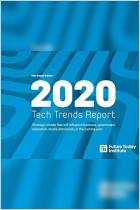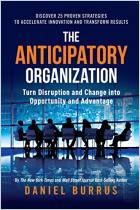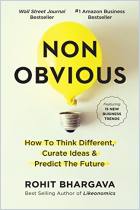
The Signals Are Talking
Why Today’s Fringe Is Tomorrow’s Mainstream
Recommendation
In this witty, mostly nontechnical primer, futurist Amy Webb outlines the steps that futurists use to predict coming trends. She even answers the age-old question: Why don’t we have flying cars yet? Webb, the founder of the Future Today Institute, says trends begin as experiments on the fringes of science and society. She explains how to discern “signals” and patterns among seemingly unconnected experiments, how to extrapolate possible future scenarios from them and how to devise appropriate strategies for each scenario. She also shows how to distinguish real trends from merely trendy ideas. Her enjoyable read has a few patches that aren’t as easy to understand as the rest of the book, spots where Webb buries her points under technical details or arcane examples. And, just to post a warning, the report on one case history about a chatbot that went rogue cites ethnic slurs and biased ideations. Despite these difficulties, getAbstract believes the principles in Webb’s mind-bending book will aid business and marketing strategists, planners and venture capitalists.
Summary
About the Author
Amy Webb is a quantitative futurist and founded the Future Today Institute. She is a professor of strategic foresight at New York University’s Stern School of Business.















Comment on this summary